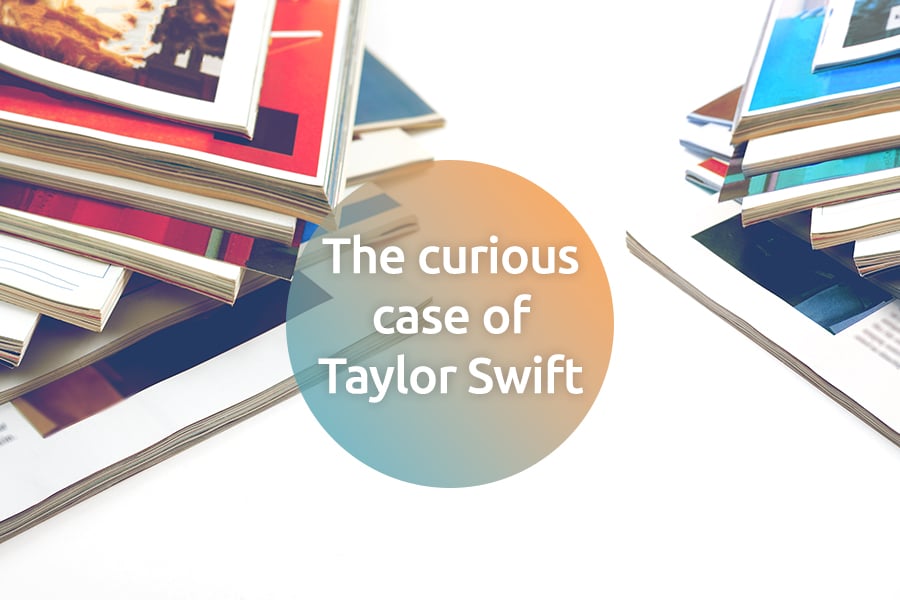In a recently published decision (Civil Division, Section I, December 7 2016, no 25168) the Court of Cassation held that although the trademark CLINIQUE was well known in the European Union, its reputation was insufficient to overcome the weakness of the trademark and its inherent lack of distinctiveness.
Law 14/2012, which became effective in Italy on 28th February 2012, amended once again Article 239 of the Industrial Property Code. This article, dealing with limits on copyright protection, created a grace period (or moratorium) on design infringement for the benefit of those who had begun to infringe before 2001. Article 239 has previously been amended four times. Under the latest amendment, the moratorium has been extended from five years to 13 years.
Background
Clinique Laboratories LLC, a US company within the Estee Lauder Group and a leader in the cosmetic products market, brought an action against Beauty Full Srl for unfair competition and infringement of the CLINIQUE trademark before the Court of Milan.
Clinique owns several device and word trademarks specifically directed to or including the CLINIQUE mark, related to products and services in Classes 3, 42 and 44. Clinique sued Beauty Full over its use of marks including the term 'Clinique' (eg, DERMACLINIQUE and DERMACLINIQUE BEAUTY FARM) in connection with its own cosmetic products.
Beauty Full successfully defended its position at first and second-instance proceedings. Clinique appealed to the Court of Cassation, which confirmed the lower courts’ rulings.
Court of Cassation decision
In upholding the Milan Court of Appeal’s decision, the Court of Cassation held that despite being well known in the European Union and having acquired reputation, the CLINIQUE mark had not acquired strength through distinctiveness.
The starting point of the court’s reasoning was that the term 'Clinique' was similar to the corresponding Italian noun for clinic ('clinica') and the Italian adjective for clinical ('clinico'), and was a foreign term easily understood in the Italian language and sometimes used in its foreign form in the healthcare field.
Thus, the CLINIQUE mark fell into the category of weak trademarks – that is, marks strictly connected to their related products or services, which as a result are considered poorly distinctive.
The court found that the trademark at issue, due to its intensive use over the years and the differences between the medical and pharmaceutical sectors and the cosmetics field, had acquired a certain degree of reputation and secondary meaning. However, this reputation was insufficient to overcome the mark’s inherent weakness, which affected the strength of the protection afforded to the sign.
Therefore, the Court of Cassation upheld the Milan Court of Appeal’s decision, confirming that Beauty Full’s actions did not constitute infringement, counterfeiting or unfair competition. The court stated that small alterations to weak trademarks are sufficient to prevent confusion and, accordingly, concluded that even the slight differences between the trademarks at issue were sufficient to distinguish the Beauty Full marks from the CLINIQUE mark.
Comment
The Court of Cassation decision embraces a restrictive interpretation of Article 13 of the IP Code, which relates to distinctiveness, by concluding that achieving secondary meaning does not necessarily cure the weak nature of a trademark. The court found that weakness remains when a sign does not possess the inherent capability of being highly distinctive.
This decision raises doubts as to the court’s reasoning concerning distinctive character since it did not discuss the perception of the CLINIQUE trademark by the relevant consumers.
Some Italian legal authorities have taken the blanket position that words that are descriptive in a foreign language cannot become valid trademarks in Italy. However, the courts have generally disregarded this approach as too narrow. Indeed, the European Court of Justice has stated that the main criteria should be how consumers perceive the sign at issue. If the Court of Cassation had applied such criteria, it should have given more weight to the distinctiveness acquired by CLINIQUE over the years.
Looking at the market through the eyes of a consumer would have allowed the court to conclude that, due to advertising campaigns and strategies carried out by Clinique Labs, and given its widespread presence on the cosmetics market, the CLINIQUE mark had acquired distinctiveness in Italy rising to the level of secondary meaning. In other words, there was a direct connection between the term and the company's products or services in the minds of relevant consumers.
As a long-time Italian consumer of Clinique’s products, I personally believe that not only has CLINIQUE acquired a strong reputation in Italy, but also that this reputation has cured any inherent weakness of the trademark since the connection to the company is now clear.




